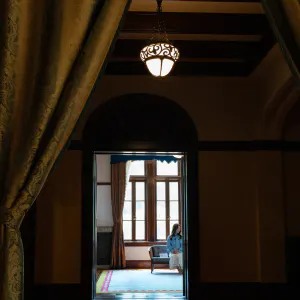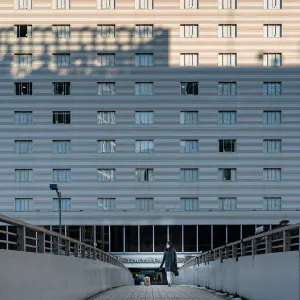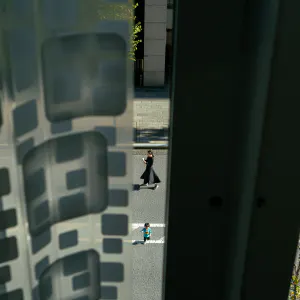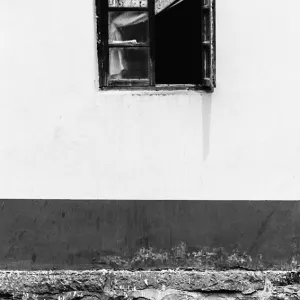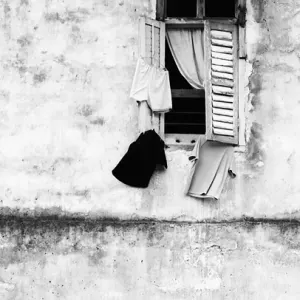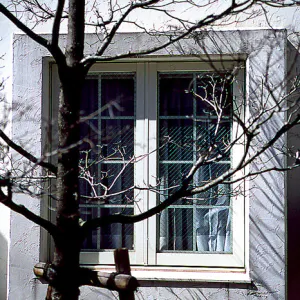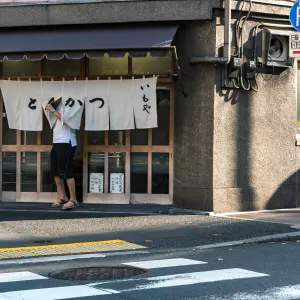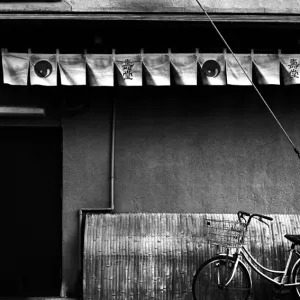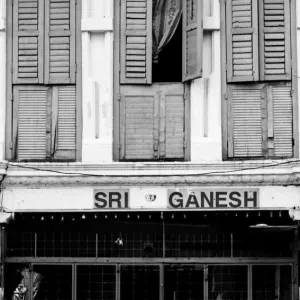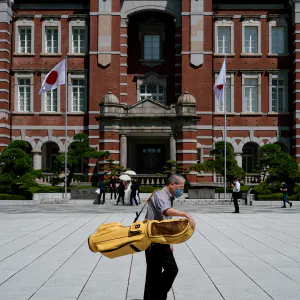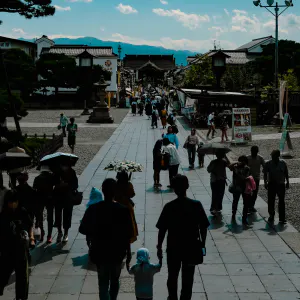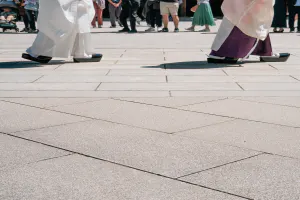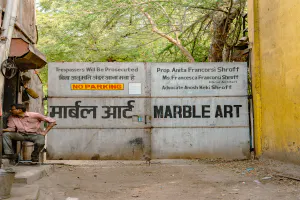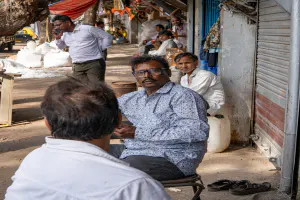The large glass windows in the atrium of the Marunouchi Building were fitted with long roll curtains
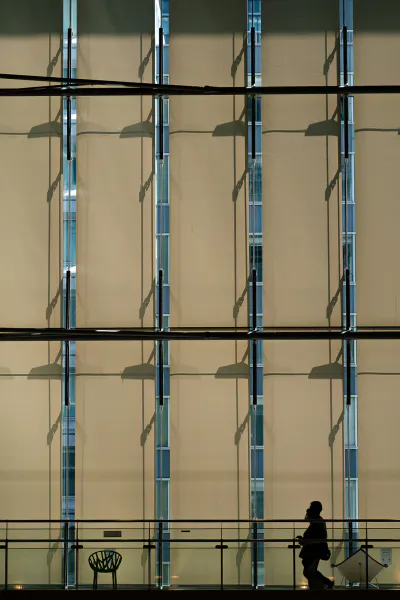
I recall that this year, the Agency for Natural Resources and Energy issued a power crunch alert. This alert literally means that the supply and demand of electric power is getting tighter. In other words, there is going to be a shortage of electricity. This warning means that the possibility of power outages has increased.
For those who were born and raised in Tokyo after the high-growth period, blackouts are not so familiar. Even during the rotating blackouts implemented after the Great East Japan Earthquake, Tokyo was excluded from the blackout area, so the only blackouts we have experienced are those caused by unforeseen accidents. I thought this was the mark of a developed country.
On the other hand, it is not uncommon to encounter power outages when traveling in Asia and the Middle East. In some countries, the power would go out at the same time every day, as if it were a planned blackout, and I was prepared for a blackout when I saw a candle on the pillow at the hotel where I checked in. When the power goes out after dark, it is really dark and it is inconvenient to be able to see anything, but I thought it was part of the travel experience in a less developed country.
I was a bit surprised to hear the warning that the power might go out in Tokyo. When I learned of the warning, I had the image of Japan, a country in rapid decline, finally falling off the table of developed countries. Hoping that my fears were unfounded, I looked out into the large atrium of the Marunouchi Building, where a curtain had been drawn across a large glass wall. Although I thought at the time that energy conservation was very important to avoid power outages in the immediate future, the air conditioner in my house is still on full blast today.
| Aug 2022 IN THE CITY TOKYO | |
| CURTAIN MARUNOUCHI SILHOUETTE WINDOW |
PHOTO DATA
No
12344
Shooting Date
May 2022
Posted On
August 7, 2022
Modified On
August 11, 2023
Place
Marunouchi, Tokyo
Genre
Street Photography
Camera
SONY ALPHA 7R II
Lens
ZEISS BATIS 1.8/85

